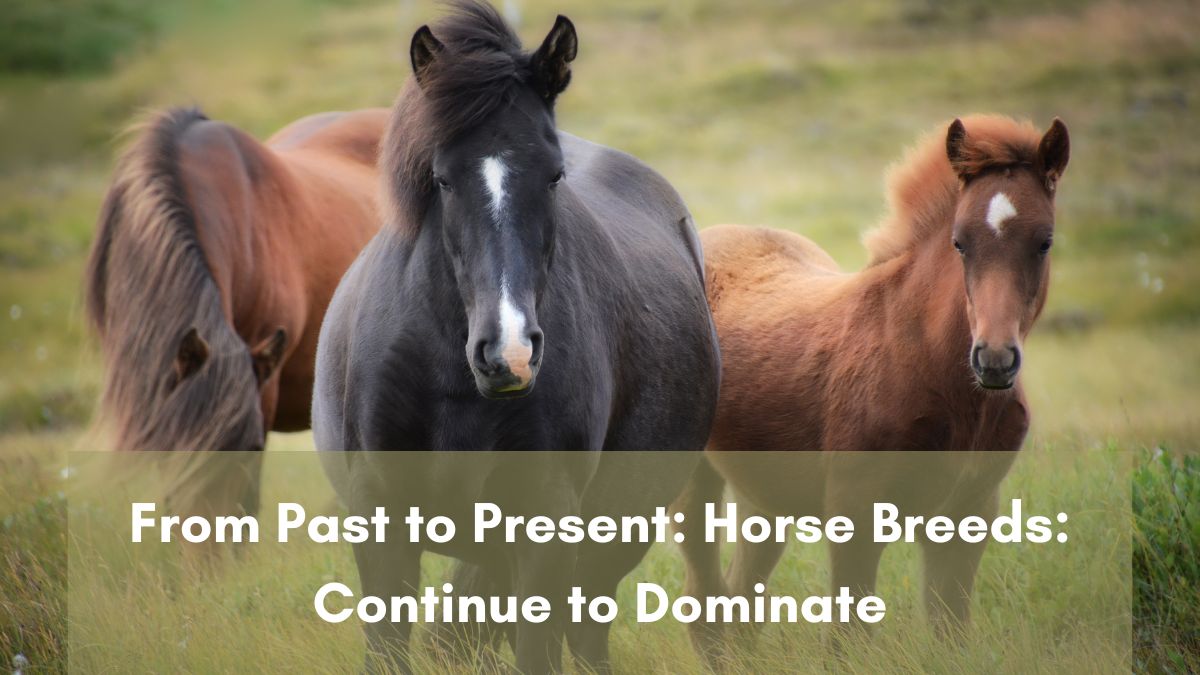Kentucky Derby 2025 and More: A Premier Day for Horse Racing Fans
The first Saturday in May is a marquee date in the horse racing world, highlighted by the prestigious Kentucky Derby in the United States. Scheduled for May 3, 2025, the 151st running of the Kentucky Derby will take place at the historic Churchill Downs in Louisville, Kentucky. Known as “The Run for the Roses,” this … Read more


